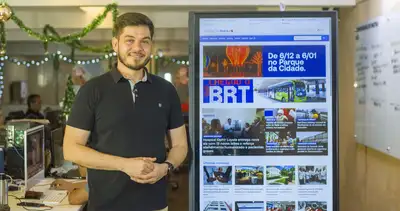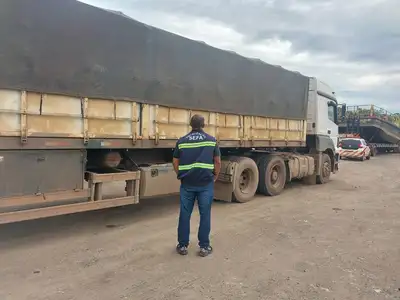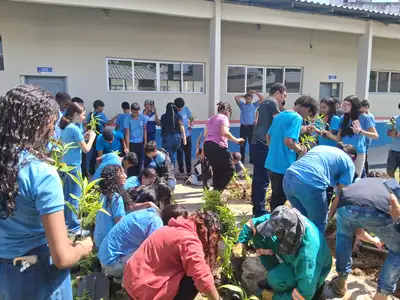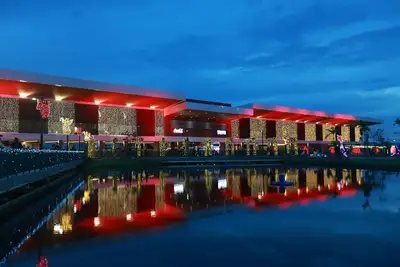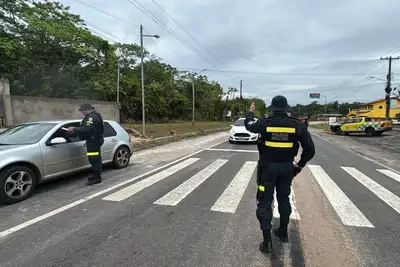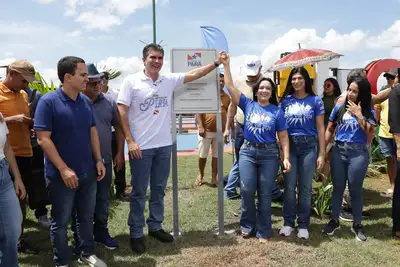Policlinic Carajás offers an exam that contributes to the early identification of osteoporosis
Bone densitometry detects bone mass loss and enables effective interventions before the disease worsens
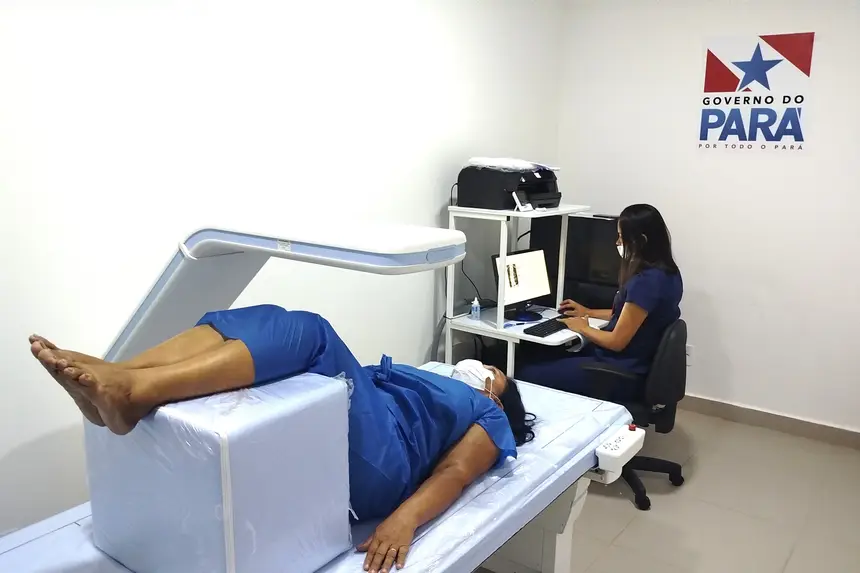
The Polyclinic Carajás Miguel Chamon, in Marabá, offers the population the bone densitometry exam, essential for the early detection of changes in bone health, especially related to osteoporosis. Simple, quick, and painless, the procedure allows for the identification of reduced bone mineral density, enabling clinical measures to be adopted before the bone structure weakens, increasing the risk of fractures.
With cutting-edge technology, the equipment used scans areas such as the spine, hip, and forearm, with a low dose of radiation and no need for prior preparation. The results assist in more accurate diagnoses and allow for effective interventions, even before the onset of more severe symptoms.
Maria Janilda, a resident of Marabá, was referred for the exam after reporting persistent joint pain. "My legs were weak and my knees hurt a lot. The orthopedist requested the densitometry, and thanks to the exam, we were able to understand better what was happening. I was very well attended," she says.
Glicia Kalena, responsible for the radiology service at the Polyclinic, explains that the exam is especially indicated for women over 50, people with a family history of osteoporosis, and patients who have been using corticosteroids for a long time. "The exam is safe and effective for screening bone health. It detects bone mass loss early and increases the chances of successful treatment," she emphasizes.
The professional reinforces that osteoporosis is a silent disease that progressively weakens bones, often without causing symptoms until fractures occur. "Prevention involves healthy habits, a calcium-rich diet, sun exposure for vitamin D synthesis, regular physical activity, and continuous medical follow-up," she advises.
In addition to assisting in the detection of osteoporosis, the exam is also used to diagnose osteopenia, the initial stage of bone loss, monitor diseases such as rheumatoid arthritis, metabolic disorders, and track the impact of treatments that affect bone health.
Alice Souza, the radiology technician at the Pará Government unit, highlights the practicality of the exam. "The patient lies down for about ten minutes while the machine scans. There is no pain or discomfort. It is an accessible and extremely valuable tool for the early detection of bone changes," she states.
Reference - In the diagnostic area, the Polyclinic offers a wide variety of exams, totaling more than 25 different types. Among them, laboratory and imaging tests stand out, such as computed tomography, ultrasound, X-ray, electrocardiogram, and magnetic resonance imaging. The diversity and quality of the services offered reinforce the unit's commitment to agile, precise, and humanized care.
Joabe Lopes, executive director of the unit, managed by the Social and Environmental Institute of the Amazon (ISAA), in partnership with the State Department of Public Health (Sespa), reinforces the institution's commitment to promoting preventive health.
"We aim to provide the population with access to quality exams that contribute to early diagnoses and effective treatments. Densitometry is an example of this, as it allows for the identification of changes before they evolve into serious conditions," says the manager.
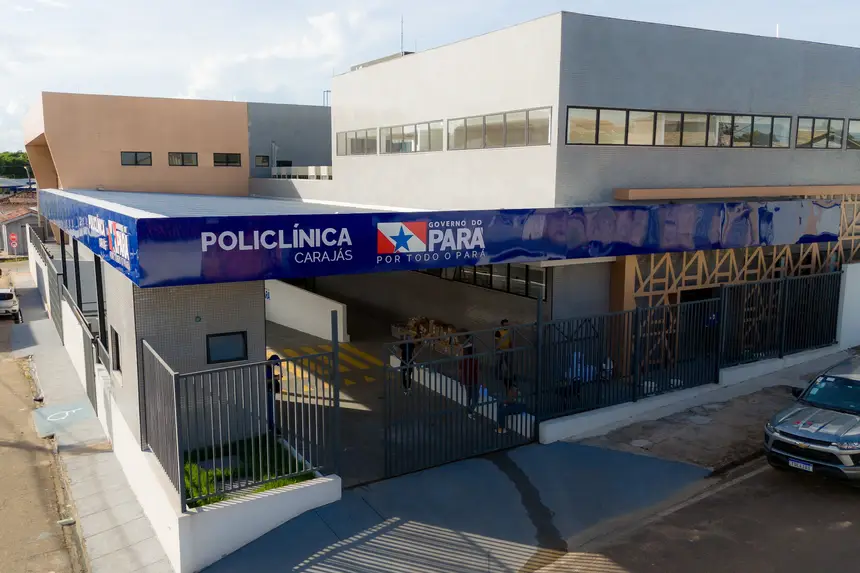
Regulation – The services at the Polyclinic are regulated by the State Regulation Center, under the responsibility of the State Department of Public Health (Sespa). To access the services, citizens must seek a Basic Health Unit in their municipality. After evaluation, the health professional will provide the necessary referral. Then, the patient must present the referral document and their personal data to the Municipal Health Department, which will register and schedule in the State Regulation System.
Coverage: The unit is equipped to serve the population of municipalities in the region, such as Bom Jesus do Tocantins, Brejo Grande do Araguaia, Canaã dos Carajás, Curionópolis, Eldorado do Carajás, Marabá, Palestina do Pará, Parauapebas, Piçarra, São Domingos do Araguaia, São Geraldo do Araguaia, and São João do Araguaia.


